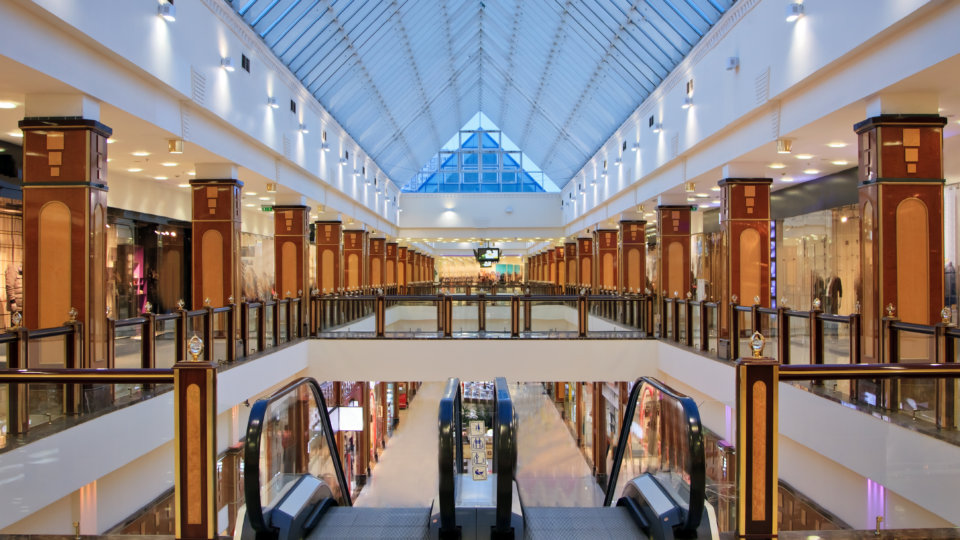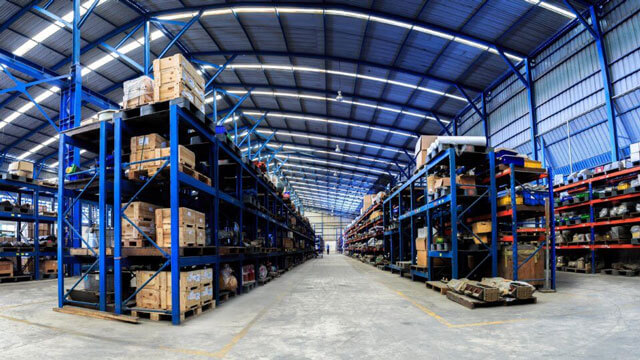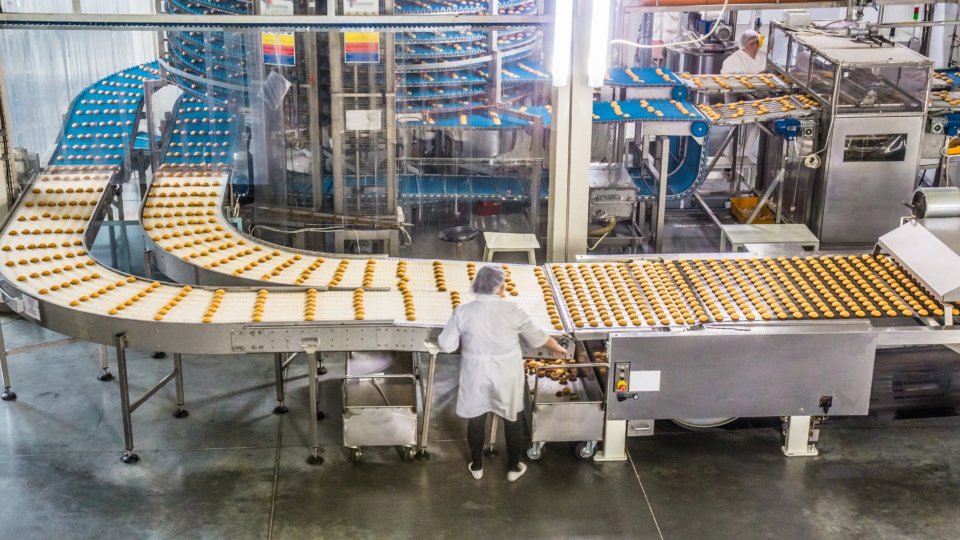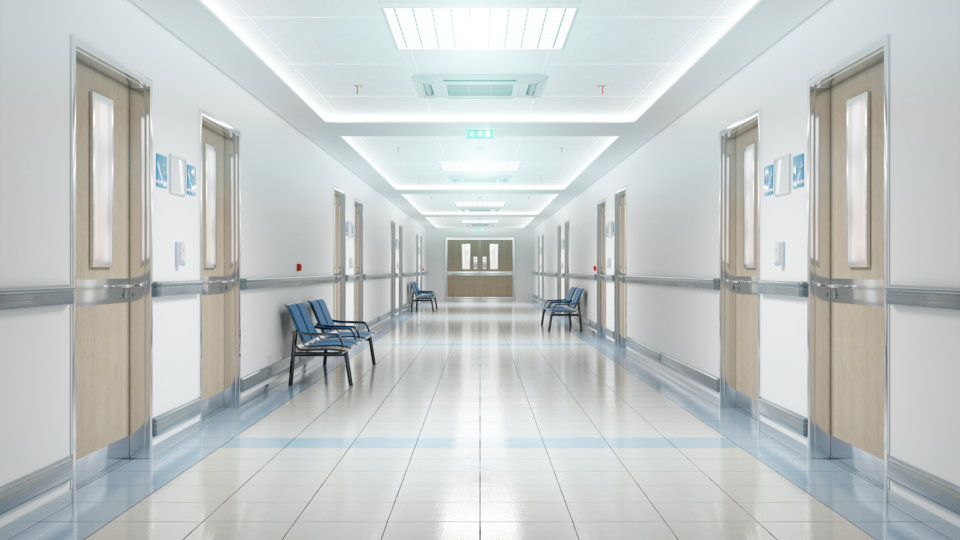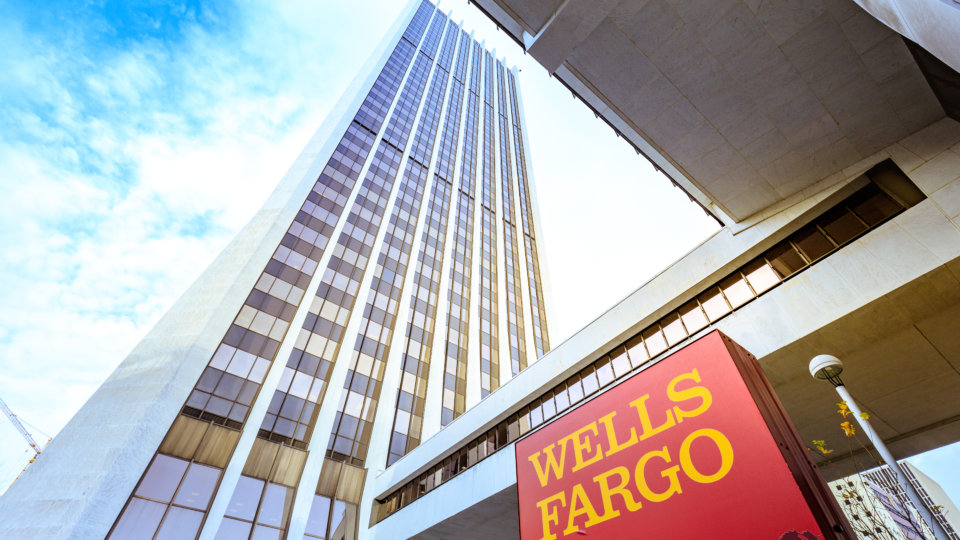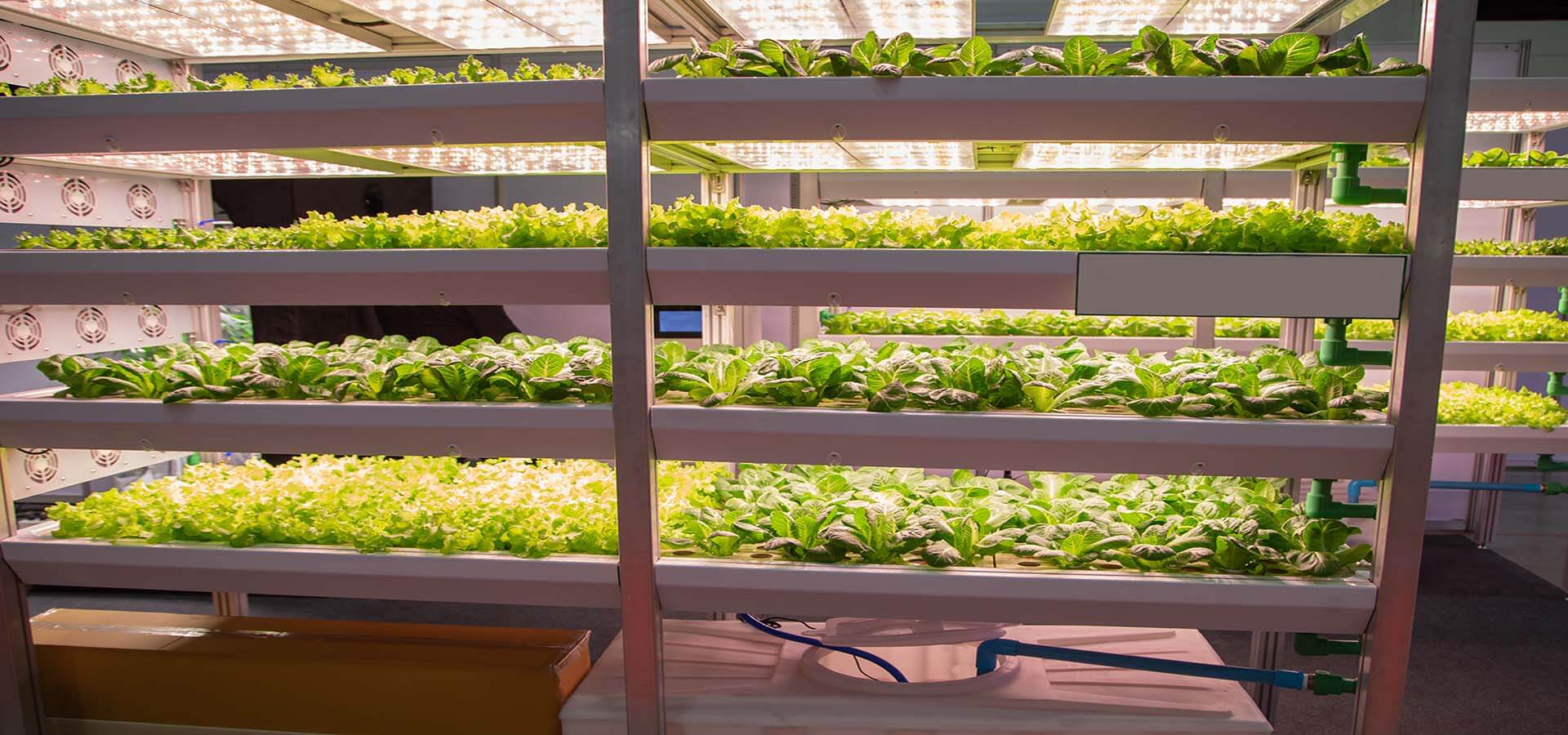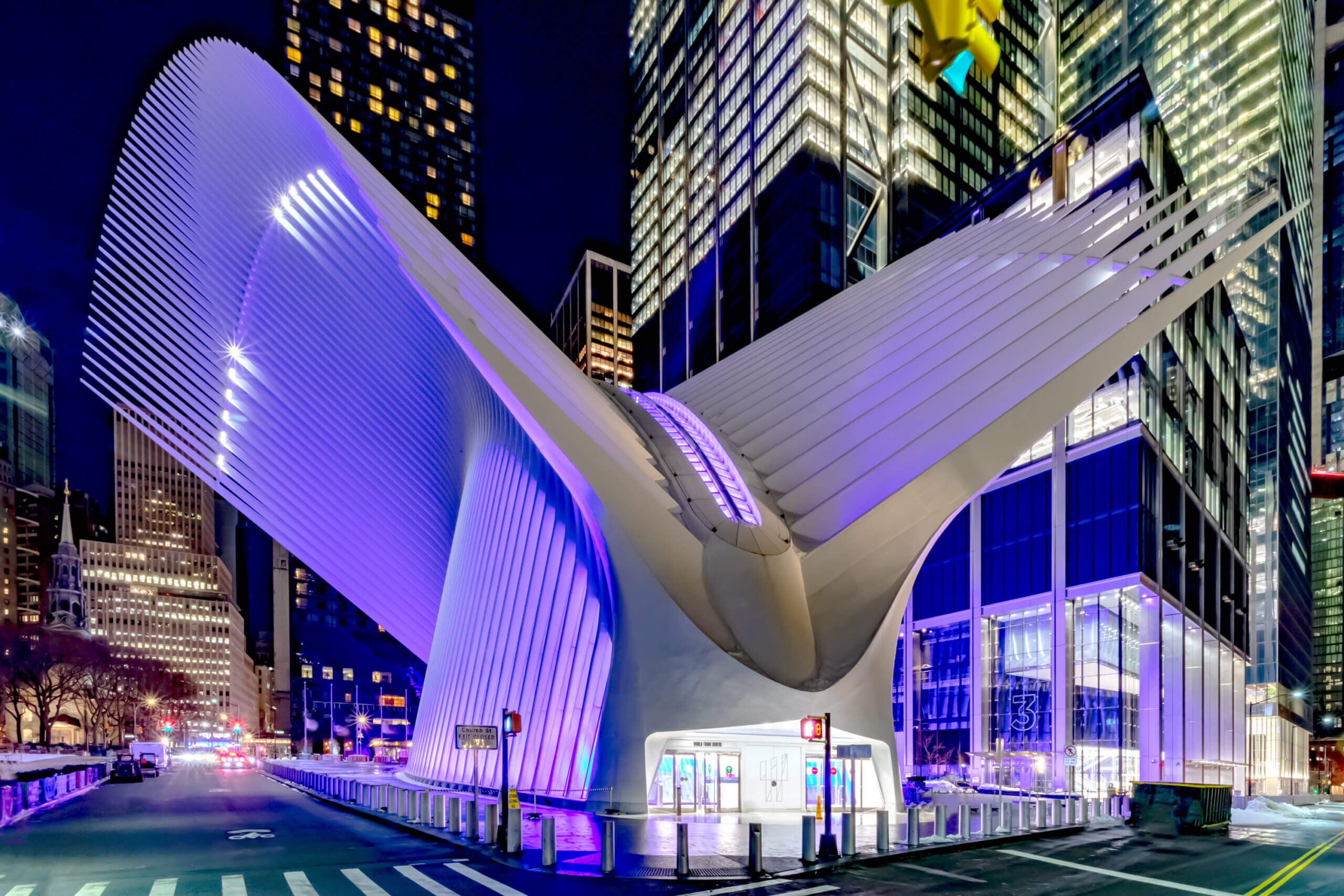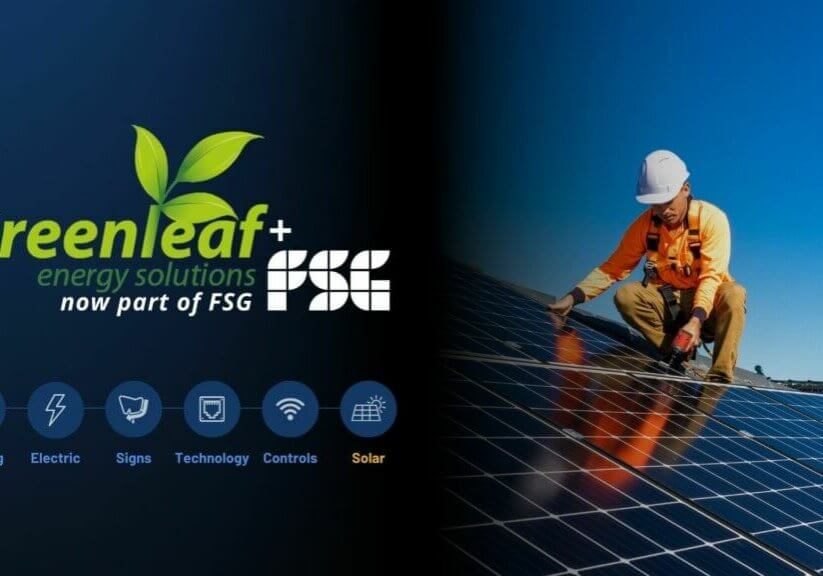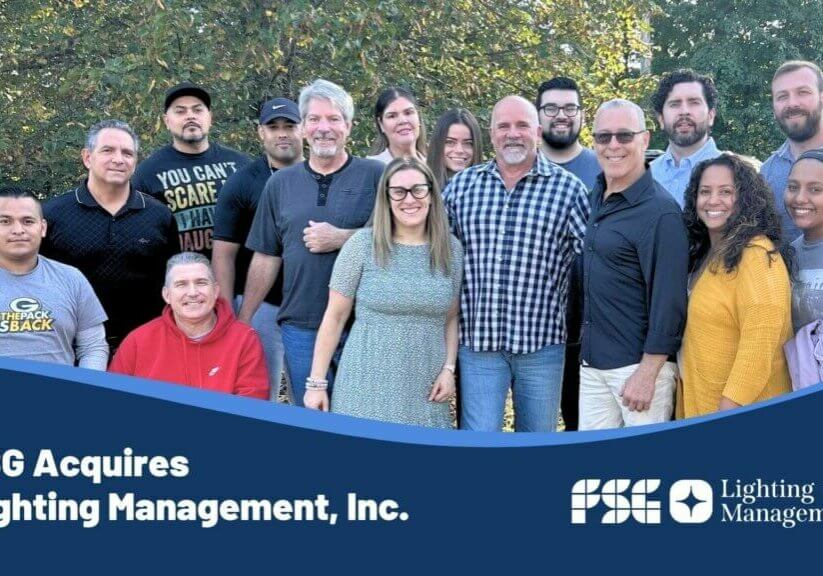Commercial Building Retrofits Deliver Transformation and Sustainability
Share Article
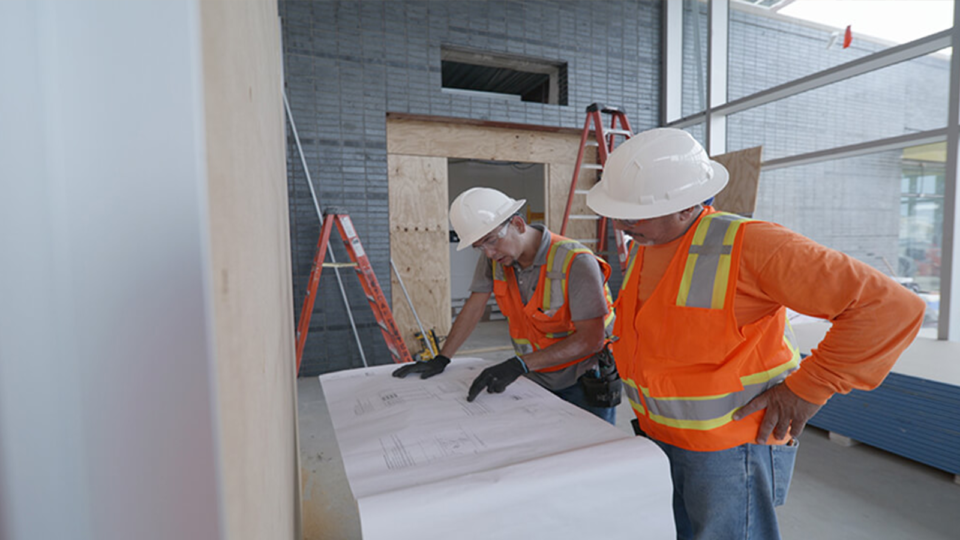
If your commercial building is currently in the design and planning phase, congratulations are in order! You are in the perfect position to review your plans and take the first steps toward peak energy efficiency and long-term sustainability with your new facility.
Net-zero ready building construction is a hot trend across the country, and there are many resources available for property owners interested in learning more about how to design and build an ultra-efficient facility.
For many new construction projects, the goal is not to achieve absolute net-zero energy ratings immediately, but rather to provide the building infrastructure that will make future upgrades to net-zero fast and easy.
So, new building owners have clear choices. From construction of the world’s most energy-efficient building with net-zero systems to commissioning a building with advanced efficiencies online at the grand opening alongside provisions made for future improvements, it all comes down to intention, scale, and of course, budget.
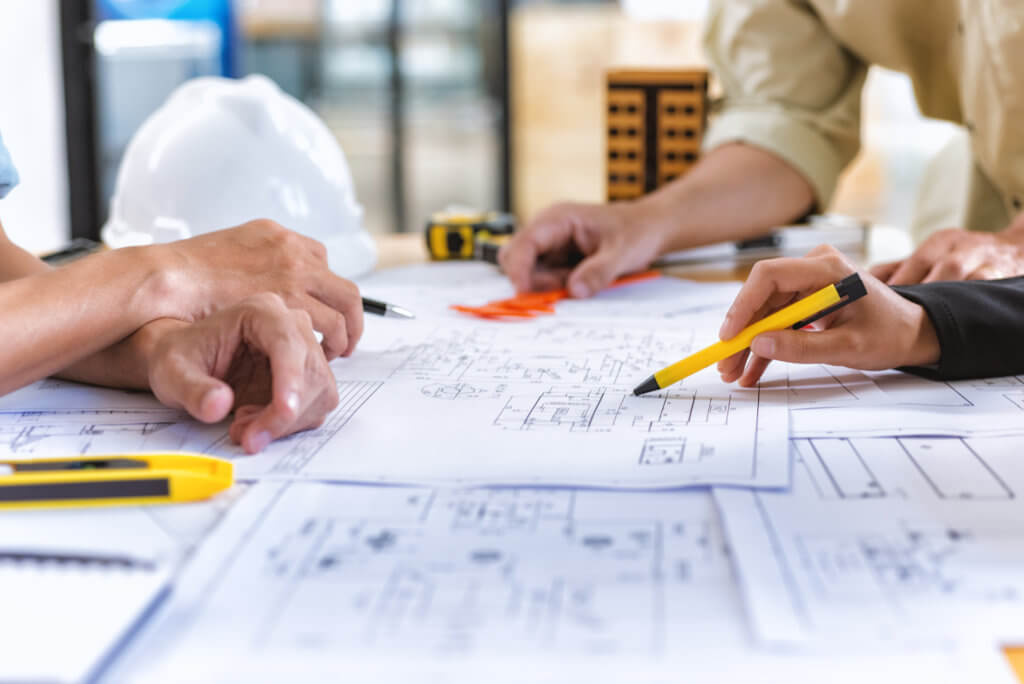
While it is true that building owners in this position might feel challenged by the number of options available, the good news is that at least in theory, every option is still available.
But what about facility owners with legacy properties that were constructed at different times, with different priorities? These are the property owners who need to understand more about commercial building retrofits.
While these property owners will not have as many choices as someone looking at blueprints and preparing to break ground, the good news for them is that there are more options available to improve existing building energy efficiency than ever before.
Built for the Past, But Upgraded to Green
According to commercial real estate giant CBRE, “80% of existing building stock will still be in use by 2050”. Knowing this, it is easy to see that upgrading and retrofitting commercial buildings will continue to be a hot topic that only gets hotter with time.
Despite the trend, widespread implementation of energy-saving systems and methodologies has been slow to come. Facility owners have typically shied away from energy efficiency upgrades to their buildings because of perceived high upfront costs and uncertain returns.
Maturing technologies and a growing amount of data to support building retrofits are changing that dynamic, however.
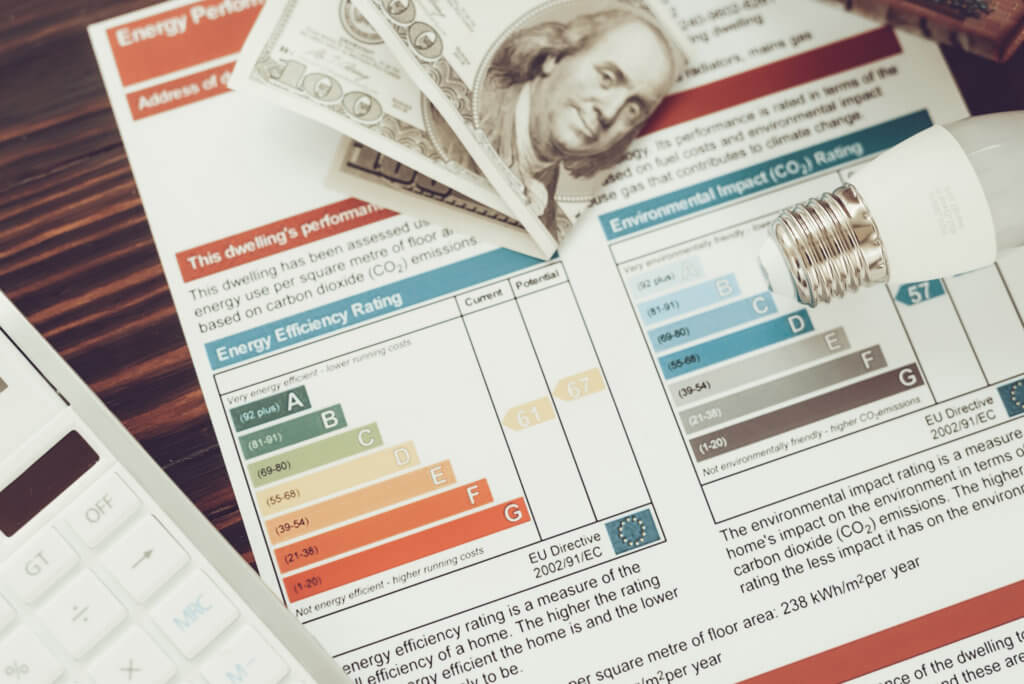
In a report titled Quadrennial Technology Review – An Assessment of Energy Technologies and Research Opportunities, the U.S. Government states that existing buildings account for about 76% of electricity use and 40% of all U.S. primary energy use and associated greenhouse gas (GHG) emissions. So it is clear where the energy costs live. Those costs live in existing facilities across the country.
According to the government, building energy use could be cut more than 20% by 2030 using technologies known to be cost-effective today. The news is even better if technology research goals are met and innovative new systems enter the market, a possibility that could raise energy consumption savings to 35%.
A Closer Look at Building Retrofits
Retrofitting an existing building has never been easier than it is today. The options are readily available, and the payback periods are manageable for most facility owners.
Since buildings consume a significant amount of energy, particularly for HVAC and lighting, and because existing buildings comprise the largest segment of the built environment, the cost savings are potentially huge across the sector. Without any doubt, building upgrades and retrofits present property owners with known, clearly defined, and readily available OPEX savings.
But don’t forget: conserving energy and saving money are not the only reasons for retrofitting existing buildings. Other objectives are also important to consider, such as access issues, security issues, interior environmental issues such as moisture penetration, and overall occupant health and safety issues.
For all building upgrade and retrofit projects, the goal should be to create a high-performance building that works better for both the facility owner and for those who live and work in the facility every day.
A properly executed building retrofit project allows facility owners to get closer to realizing the sustainability goals they’ve set for themselves and their businesses. Further, an upgraded building will be less costly to operate, will increase in value, will last longer, and will contribute to a healthier and more comfortable environment for employees and tenants.
Common Building Retrofit Strategies
While every facility is different, with specific challenges and opportunities for owners intent on an upgrade or retrofit project, there are some common strategies that apply to most building retrofits.
For most facility owners, a building retrofit project would include the following elements:
- Recommission all energy systems to verify optimal performance, and upgrade as necessary to minimize consumption.
- Evaluate occupancy patterns, then apply daylight, HVAC, and lighting sensors in appropriate locations. Next, incorporate the latest LED lighting equipment into the project to support the tasks and functions of the identified spaces.
- Determine if natural ventilation and fresh air intake are feasible alternatives to reduce heating and cooling loads. If so, investigate ventilation options.
- Consider solar shading devices for windows and doors.
- Replace existing windows with high-performance windows appropriate for climate and exposure. If the building is located in a high noise area, evaluate windows that also include adequate exterior to interior noise reduction.
- Analyze the benefits of distributed generation if the building is in a campus cluster or can share the on-site energy produced with adjacent buildings. For standalone facilities in need of backup or emergency power, consider any of the latest energy-saving whole-building generators on the market today.
- Examine specific site renovations that can improve the facility’s energy performance and reduce the heat island effect.
- Gauge your facility’s level of performance against established rating systems like Energy Star or Green Globes for existing buildings.
- Consider installing meters for electric, gas, water and other utilities. Smart meters and submeters are preferable to monitor real-time consumption, control demand, and improve tenant participation.
Just the Beginning of an Important Conversation
We have just scratched the surface of some of the various issues related to upgrading or retrofitting an existing commercial building. The topic continues to evolve in real-time, with new developments arising almost monthly.
While remarkable progress has been made with the means and methods to improve building energy efficiency over the past few decades, significant developments are still on the horizon. Many commercial systems and efficiency approaches are only now beginning to move toward the theoretical limits we’ve heard about from researchers over the years.
For now, facility owners should focus on the specific solutions that are currently available and that have been proven to be effective at lowering facility operating costs. Solutions such as programmable LED lighting and smart building controls lead the way in this discussion.

And when you’re ready to get serious about improving your commercial building through system upgrades or a facility retrofit, you need to contact an expert with a reputation for delivering lasting value.
With respect, we’d like to show you how we can help.
Retrofitting With a Mission Since 1982
Since our company was founded, FSG has been in the customer solutions business, supporting facility owners and managers as they work to manage their evolving lighting, HVAC control, and smart building technology requirements.
Our designers and field technicians work at the very top of their profession, with certifications and experience that deliver reliable solutions to meet your present and future needs. Plus, with our national reach, we can seamlessly provide our services wherever you are.
Schedule an appointment today or give us a call at (877) 293-6689 to find out how FSG can deliver immediate options for you as you explore ways to increase your building’s energy efficiency and overall appeal.



